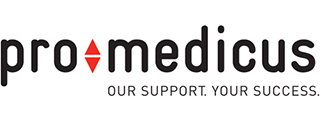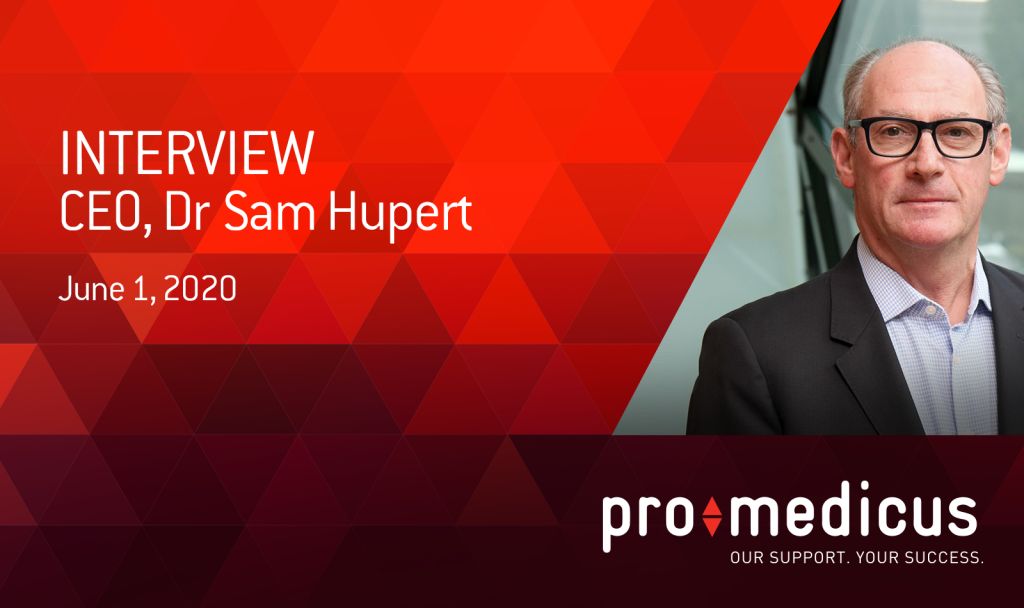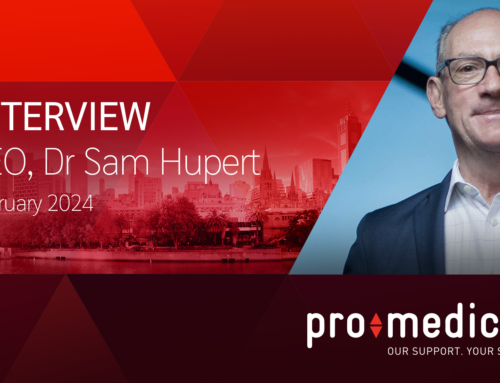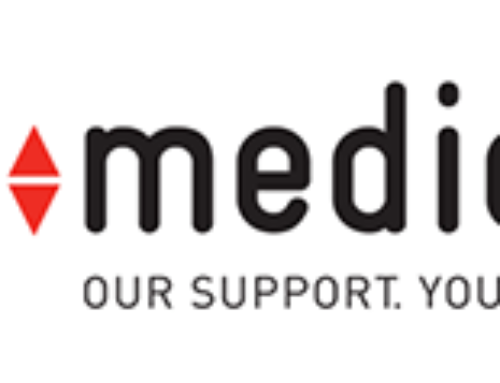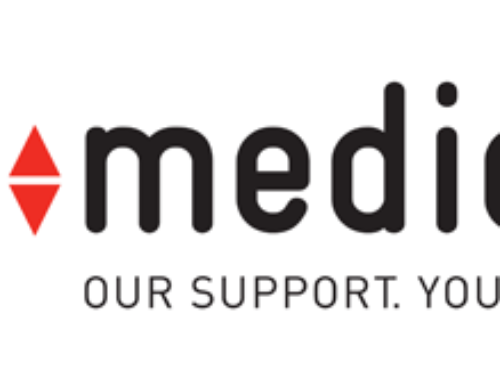Interview with Dr Sam Hupert – Acrobat 182kb
- Northwestern Memorial HealthCare (Northwestern) announcement
- Operational update
- Current pipeline and future prospects
Monday, 1 June 2020
Q: Today PME announced a $22 million, five-year contract with Chicago based Northwestern Memorial HealthCare (Northwestern). Can you briefly explain the key points of the deal?
A: It is a five-year deal, and has the usual structure being transaction-based with committed minimums. It is for our Visage 7 product, which will be deployed across all of Northwestern’s radiology departments. Once completed, they will have a single, enterprise-wide implementation of Visage.
Q: Where does this announcement rank with other previous announcements by PME with North American healthcare/hospital networks?
A: This certainly ranks up there as one of our most important not only because of the size of the deal, but also because of Northwestern’s standing in the medical and medical research communities. It will also provide us with a key reference site in the Chicago area.
Q: The market has been waiting a few months for another major announcement from PME – your last one being the Nines announcement in late December last year. What does this announcement mean for PME?
A: We have been telling the market over the past 12 months that our pipeline was the best it has been, both in terms of quantity and quality of prospects. Clearly, Northwestern was one of those opportunities, but there are a number of other prospects that we are continuing to work on. Some are looking at multiple products such as using Visage 7 Open Archive in addition to our Viewer, and there are also those who have expressed a preference for Cloud, so it is a good mix.
In terms of timing, I wish it were as simple as announcing a deal at regular intervals, but each deal has its own “cadence” – no two are ever the same and given the size of these opportunities, it is not uncommon for the process to take two years and sometimes even longer.
Q: COVID-19 has had a big effect on business; with a worldwide trend for hospitals to defer elective procedures. What has it meant for PME in terms of exam volumes and how they relate to the minimums that clients have committed to? Are you beginning to see things open up a little now that most countries are allowing elective procedures to be performed again?
A: Once COVID-19 hit in earnest, particularly in the US, most large institutions deferred all non-essential/ elective imaging to make way for the anticipated wave of COVID-19 admissions. This resulted in decreased volumes, with the biggest declines being in the last week of March and the first two weeks of April.
Since then, we have seen exam numbers steadily increase week on week. Some geographies have recovered quicker than others, with Australia leading the way. Australia is now at near-normal volumes, with parts of the USA following closely behind. Even the worst-impacted areas in the US, such as the east coast, are resuming elective procedures.
Importantly, feedback from all our clients is that a significant portion of the elective work that was deferred during COVID-19 will still need to be done. How institutions cater for this, given the increased overheads in dealing with patients in this new environment, is still being worked through with many planning to open extended hours and weekends to catch up on the backlog. So, at this stage, with the decrease in volumes being relatively short-lived, the impact on us has not been material.
Q: What impact has COVID-19 had on your day-to-day operations, including your implementations?
A: We have had 100% of our staff working productively from home since early March. Most of our US staff were already working from home and would commute to clients as needed, so the transition for them was minimal. Using collaborative technology, we were able to readily transition our global support and development teams to work from home at full productivity.
In terms of our implementations, the majority of the work even pre-COVID-19 was performed remotely, such as project planning, software configuration, integration testing, etc., so nothing has changed there. The main area where we have changed our procedures is in on-site training. We have always had the capability of providing remote training using screen-share technology, etc., so were able to readily ramp this up once on-site presence was no longer possible. So, all of our implementations are still progressing, with our next major implementation being Ohio State University (OSU), which is planned for the end of June and will be done 100% remotely assuming restrictions remain in place. After that it is Northwestern which is scheduled to start in Q1 FY21.
Q: What has COVID-19 done for your prospects/pipeline? How does your pipeline look now?
A: We were able to meet with key prospects when we were in the US just prior to the lockdown in mid- March and since then have continued discussions via video conferencing which has become the “new normal”. Up to now, we have not experienced any material deferral or delay in progressing any of these opportunities, Northwestern being a case in point. Our pipeline remains strong and, subject to there not being a second wave, we have a number of good opportunities across various sectors of the market that are continuing to progress through the sales cycle.
Thank you, Sam Interviewer: Richard Allen
Oxygen Financial Public Relations
Authorised by the Board of Pro Medicus Limited.
